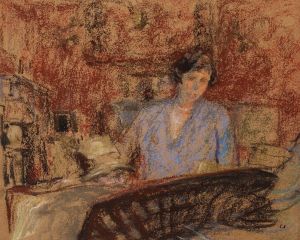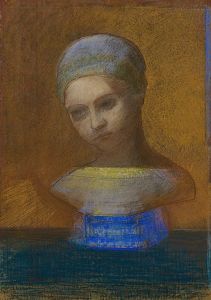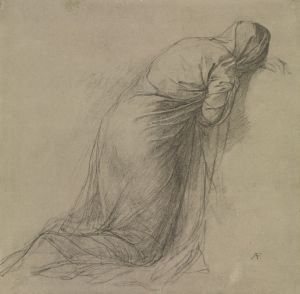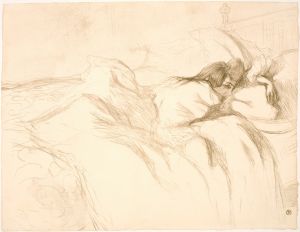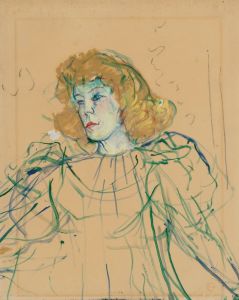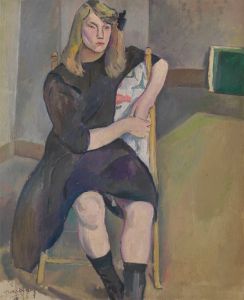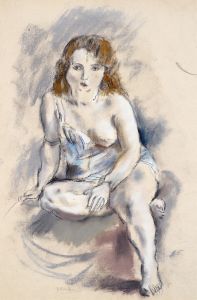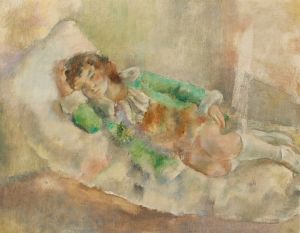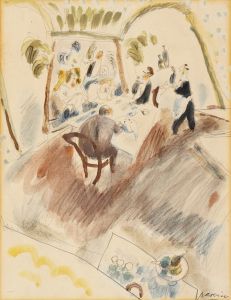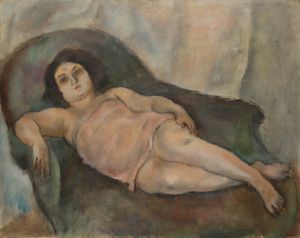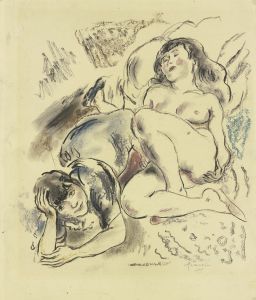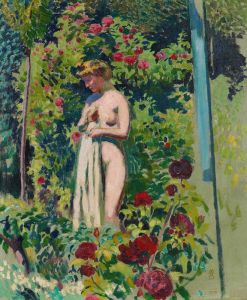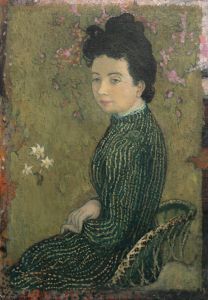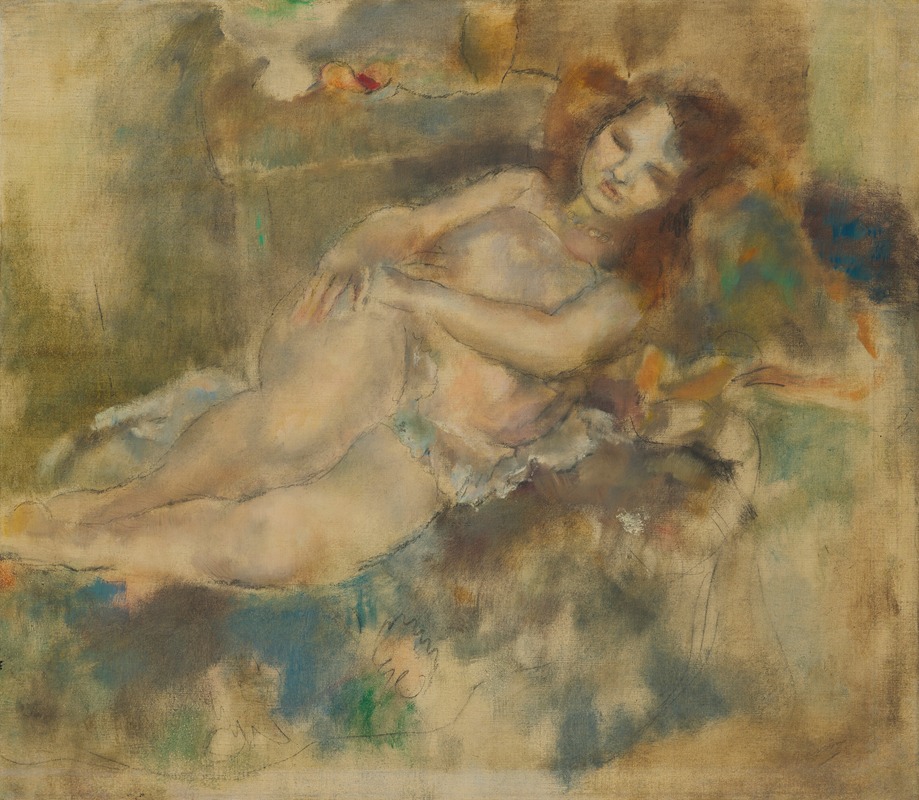
La Danseuse assoupie
A hand-painted replica of Jules Pascin’s masterpiece La Danseuse assoupie, meticulously crafted by professional artists to capture the true essence of the original. Each piece is created with museum-quality canvas and rare mineral pigments, carefully painted by experienced artists with delicate brushstrokes and rich, layered colors to perfectly recreate the texture of the original artwork. Unlike machine-printed reproductions, this hand-painted version brings the painting to life, infused with the artist’s emotions and skill in every stroke. Whether for personal collection or home decoration, it instantly elevates the artistic atmosphere of any space.
Jules Pascin's painting La Danseuse assoupie (translated as The Sleeping Dancer) is a work by the Bulgarian-born French artist Jules Pascin (1885–1930), who is widely recognized for his contributions to early 20th-century modern art. Known as the "Prince of Montparnasse," Pascin was a central figure in the Parisian art scene during the interwar period, celebrated for his delicate and expressive depictions of figures, particularly women.
La Danseuse assoupie portrays a reclining female figure, presumably a dancer, in a state of rest or sleep. The painting reflects Pascin's characteristic style, which often combined elements of Impressionism and Expressionism. His works are noted for their soft, fluid lines and muted color palettes, which convey a sense of intimacy and emotional depth. In this piece, the subject's relaxed pose and serene expression evoke a quiet moment of repose, capturing a sense of vulnerability and humanity.
Pascin frequently explored themes of femininity, sensuality, and the human condition in his art. His subjects were often drawn from everyday life, including dancers, models, and individuals from the bohemian circles of Paris. La Danseuse assoupie is consistent with these themes, offering a glimpse into the artist's fascination with the ephemeral and introspective moments of his subjects.
The exact date of creation for La Danseuse assoupie is not definitively documented, but it is believed to have been painted during Pascin's mature period, likely in the 1920s. This was a prolific time for the artist, during which he produced numerous portraits and figure studies that reflected his mastery of composition and his sensitivity to the emotional nuances of his subjects.
Jules Pascin's life and career were marked by both artistic success and personal struggles. Despite his acclaim, he battled depression and alcoholism, which ultimately led to his tragic death by suicide in 1930. His legacy, however, endures through his extensive body of work, which continues to be celebrated for its emotional resonance and technical skill.
Today, La Danseuse assoupie is recognized as an example of Pascin's ability to capture the subtleties of human emotion and form. While specific details about the painting's provenance and current location are not widely available, it remains an important part of the artist's oeuvre and a testament to his contributions to modern art.





